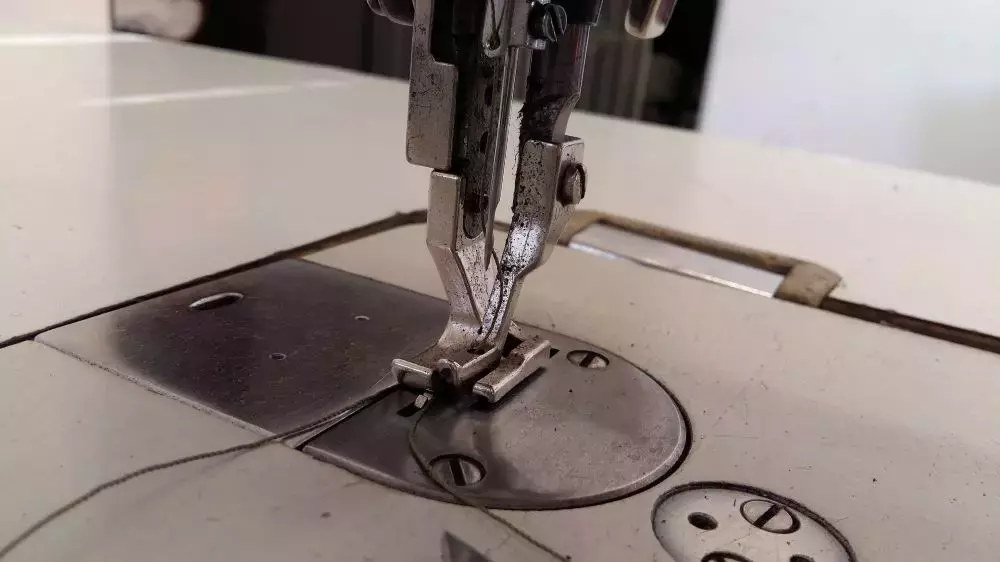What Can You Do With an Industrial Sewing Machine
2020-07-06
Industrial sewing machines can be a little intimidating, especially if you are new to it and haven’t spent years working on one. However, the simplicity and power of industrial sewing machines make them ideal for some projects, or some sewers even if you work out of your home.
Control Speed
When you watch hit shows that have sewers using industrial machines and whizzing through lines of stitching at incredible speeds, it can make industrial machines a little scary. Except, industrial sewing machines often have speed control options.
Like machines for the home, you can control the speed of your stitching or needle with a clutch pedal or a servo motor. You can even make this one of the primary factors you look for in shopping for an industrial sewing machine. It means that you can start even if you’re somewhat new to sewing.
However, it does take some time to learn how to gain a deep understanding of using the clutch or servo motor. It’s always best to start slow and work your way up as you develop more comfort and confidence in working at higher speeds.
Wind a Bobbin
One of the most sought-after tools or abilities that people look for in domestic machines is bobbin winding. You can expect to get this same thing from industrial machines; however, the system may be a bit more complex. On most industrial sewing machines, you should have no problem winding a bobbin while you sew!
Always go through the instructions on your machine before attempting to wind a bobbin.
Work with Heavy-Duty Materials
Do you work with denim, material for outdoor furniture, or even leather? Many crafters enjoy using these materials. However, most domestic machines can’t handle heavy use of these materials as it wears down the machine.
With an industrial sewing machine, you should be able to take any material and go right to work without the worry of ruining your machine. The one thing to consider when you’re working with heavy-duty materials is that one foot is not universal. Always make sure that you’re using the right foot and thread for the material. If you’re struggling with heavy-duty materials, then your problem is usually the accessories or materials, not the machine.
Finish Seams Professionally
With a domestic machine, you’ll need to use a zigzag stitch or go through extensive efforts to finish seams professionally. However, with an industrial sewing machine, you can use a serger or overlocker to prevent unraveling while retaining a professional finish.
There is a great variety of benefits of using an industrial sewing machine. If you’re considering making the shift from a domestic machine to an industrial option, you might consider how you finish your seams, thread your bobbins, and working with different materials while still retaining control over your speed.
When you are ready to switch to an industrial machine, be sure to check out the large inventory, we have right here at GoldStar Tool. If you are new to using an industrial machine, our friendly staff can help you find one that fits your needs, so contact us today!





